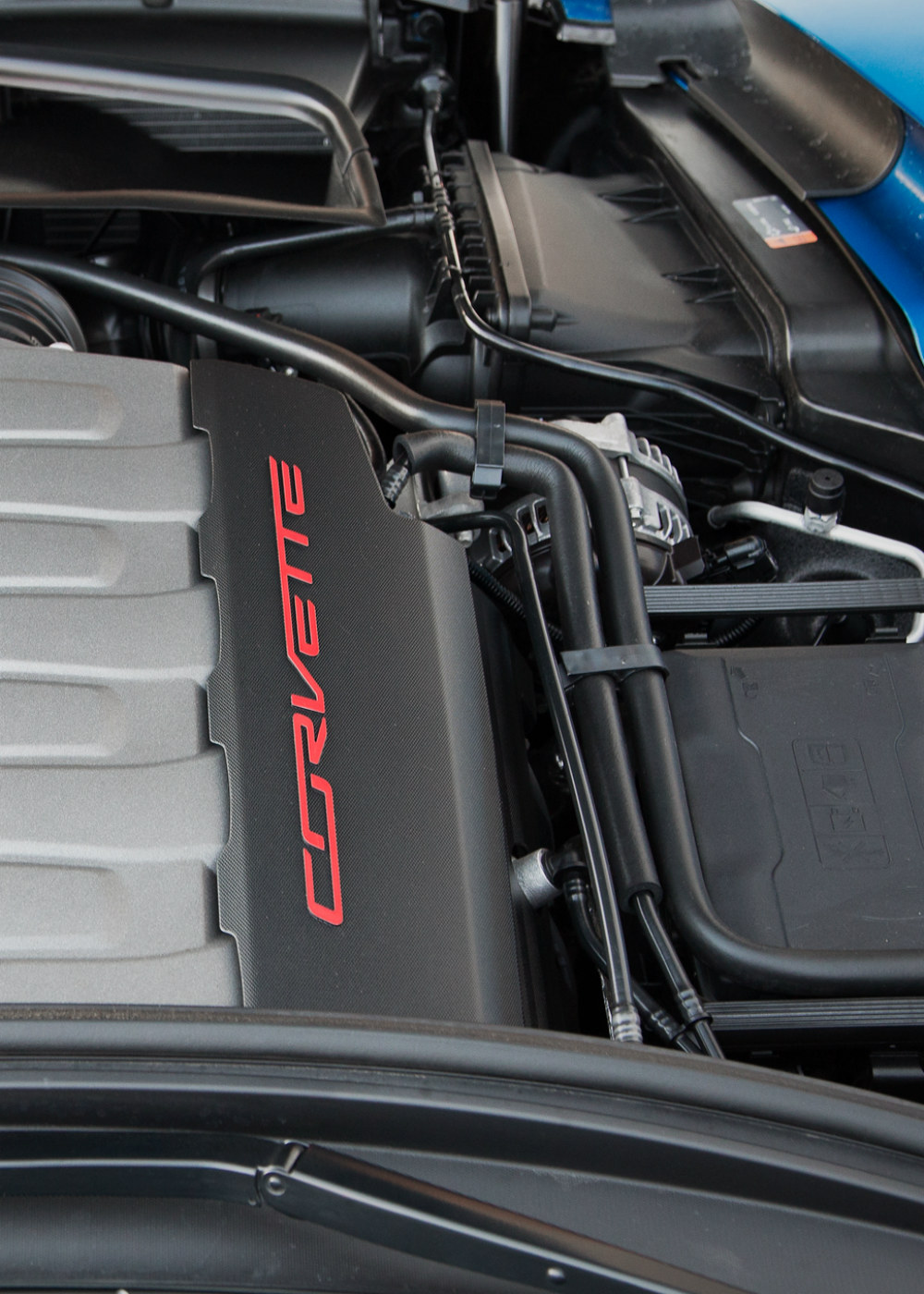What are typical reactions expected when you leave a car out in the bitter cold? Longer starting times, a need to warm up the fluids, and on many cars that now tell you if the car has an itch in the rear left quarter panel, you can experience tire pressures that are unreadable an the possibility of the steering and transmission to freeze up.
What if this car is the Chevrolet Corvette Stingray? This past winter offered the perfect opportunity to test what the ‘Vette would do in extreme cold temperatures. The Corvette is a car that is obviously suited for warm weather and cruising around in style, but that doesn’t mean those who reside in colder climates want to be left out of the fun. By seeing what the Corvette would do you can see whether or not more than one vehicle is needed or if your daily driver, for literally every day, can be the Corvette.
The first part of the text came with the outside temperatures at 1 degree F. Under these conditions the Corvette fired right up and had no stickiness in the shifter, making it easy to shift into each gear. The car did have something to say from the body over the speed bumps encountered and the tire pressure gauge read “frozen” on the display which appeared to be a suggestion to go see a recently released Disney movie more so than the actual tire pressure. The Corvette was again tested when the temperature was at -3 degrees F which also had a wind chill of -12. At this temperature this iconic sports car once again performed like a champ although there was a noticeable resistance in the shifter during this test, but otherwise the car performed the same as before.
Now was time for the real test, and yes this seems like a high school science project where the student is simply recording data, but what else do you suggest for such cold temperatures? Anyway, the car was left overnight in the winter cold. As luck would have it and with the temperatures in the north being so low this winter, the overnight temperature dropped as low as -26 degrees F with a wind chill of -37; that is one seriously cold night, and with the Corvette left outside for the duration excitement boiled inside to see how the car would perform in the morning.
As the morning sun awoke it was time to see how the Chevy would perform after being left in these awful temperatures. The first sign of weakness showed itself when the door opened and the window did not clear the roof seals and had a slight deflection during opening. Once inside, the starter button was pushed, and then again, and again. Finally after about 12 seconds the car sprung to life although begrudgingly. Next came the shifter, to see if this would be a problem, it was. The shifter took a two handed process to move out of first gear (where it had been left for the night) and eventually get it in neutral. Shifting from first to second was awful and took some doing, causing the driver to have a very long ride that morning. The tire temperature gauge no longer suggested a Disney movie, now showing “unknown” on the screen. Another indicator of trouble was the oil temp which never registered below the lowest mark during the entire drive.
This wouldn’t be a true bored person’s science project without some other comparisons which were done with two other cars one that roared to life and one that was diesel that took nearly thirty seconds to start. After all this testing the group learned there was actually an engine block heater that should have been used on the ‘Vette, but the owner’s manual does warn these temperatures could cause slow starts. Additionally, they learned the diesel that didn’t start right up should have, causing them to think not enough low-temp additives were present.
Overall, not only was this an interesting activity for a group that was obviously stuck in a very cold and snowy winter which eventually causes a lot of boredom to set in. The final result though is that under the proper car, and use of the engine block heater, the Corvette is what we love it to be, a beast that can even handle the challenges of being left outside on a bitter cold winter night.
This post may contain affiliate links. Meaning a commission is given should you decide to make a purchase through these links, at no cost to you. All products shown are researched and tested to give an accurate review for you.


